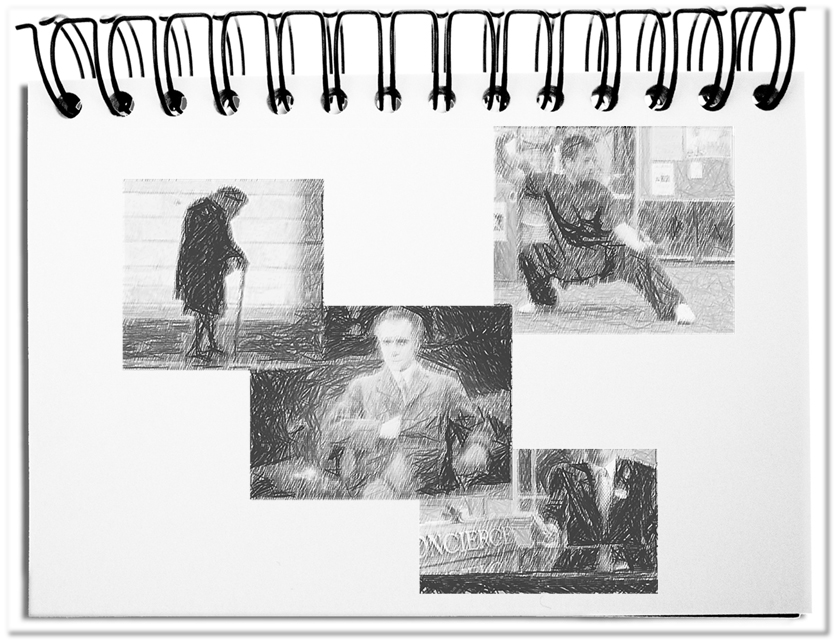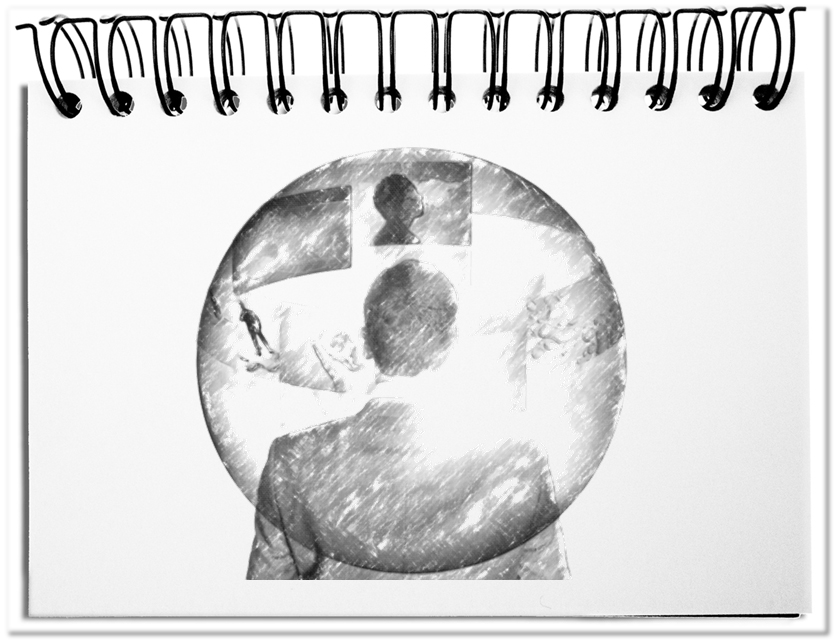Thinking about agility, we have in mind the everyday life of hundred-year old people, who live their life with good conditions. Or the Tai Chi master, who still makes his exercises later in life. Or the entrepreneur, who leads his enterprise far beyond the age of retirement. Or the concierge, who reads any desires from your lips for decades and does not feel too important to fulfil some errands by himself. Often older people are described as agile, when they keep certain fitness. Even enterprises want to become more and more agile. Can they learn anything from the agility of the elders?
Agility in business is above all defined by the agile manifesto. Attentive readers recognize that the manifesto refers to software development. However, outside of the IT-department other basic conditions are valid – less development, more routine, more complex relationships. And nevertheless many new approaches get the new adjective agile – agile project management, agile organization, agile product development, agile HR development.
Young Start-ups are by nature dynamic. They act without the burden of over time developed structures and formalisms. Decisions are made, where the energy is and facts are created. Established organizations want to go back to the early years, when they engaged for the whole without bureaucracy – of course with their long-standing experience. What can these enterprises learn from the elderly?
- The remaining abilities
The craft to react in the existing context swift and clever makes the difference – try new things, question existing things, develop energy from within. The tayloristic task arrangement makes it no longer possible to become active outside of your own scope of responsibility. Enterprises want to have committed entrepreneurship and need to become agile for it. - The sprightly constitution
After the purposefully created areas produce new rules, forms and procedures without interruption, without ever to abolishing outdated ones, the enterprises are at risk to become senile. The existing rules are like chunky knight armor with no elbow room. Debureaucratization fails because of the bureaucracy. One cannot negotiate with the frogs about the drainage of their pond. That way enterprises hinder themselves. They have to find open forms of regulations, e.g. value-based governance. - The robust structure
The robustness can be seen in how resistant and steady the involved people are. Difficulties of the business tasks can be mastered safer, if you are well-trained and wiry. In order to do the right things right, the structures have to follow the results and the customers – and being adjusted again and again. - The boundless enthusiasm
Agile teams are euphorically at work and are always on fire for their topic. Passion is the best fuel for the own stimulus. Boundless joy of activity carries also those away, who do not have much momentum at the time. This positive energy cannot be ordered. For this purpose adequate basic conditions have to be created and must leave the involved people room for decisions – for example temporal self-determination and functional participation.
The way to agility crosses the elements that let somebody normally become senile – rheumatoid structures, stubborn approaches, limited perception, and lost mobility. Disturbing are age-related bad habits – missing error tolerance, expected priority for elders and blunt compliance. In the interest of a lasting fitness of the enterprise the decision makers must dissolve the calcification in their areas, since otherwise it can come to lethal apoplexies, due to organizational thromboses.
Bottom line: As soon as a certain age is reached, also enterprises must worry about their fitness. Agility provides potentials. It is important to receive or even re-activate the survival abilities to detoxify out-of-date regulations, to make the structures resilient and to promote a positive mood among all involved people. That way agility becomes the way out of stagnation. That is, what enterprises can learn from the agility of the elders.


